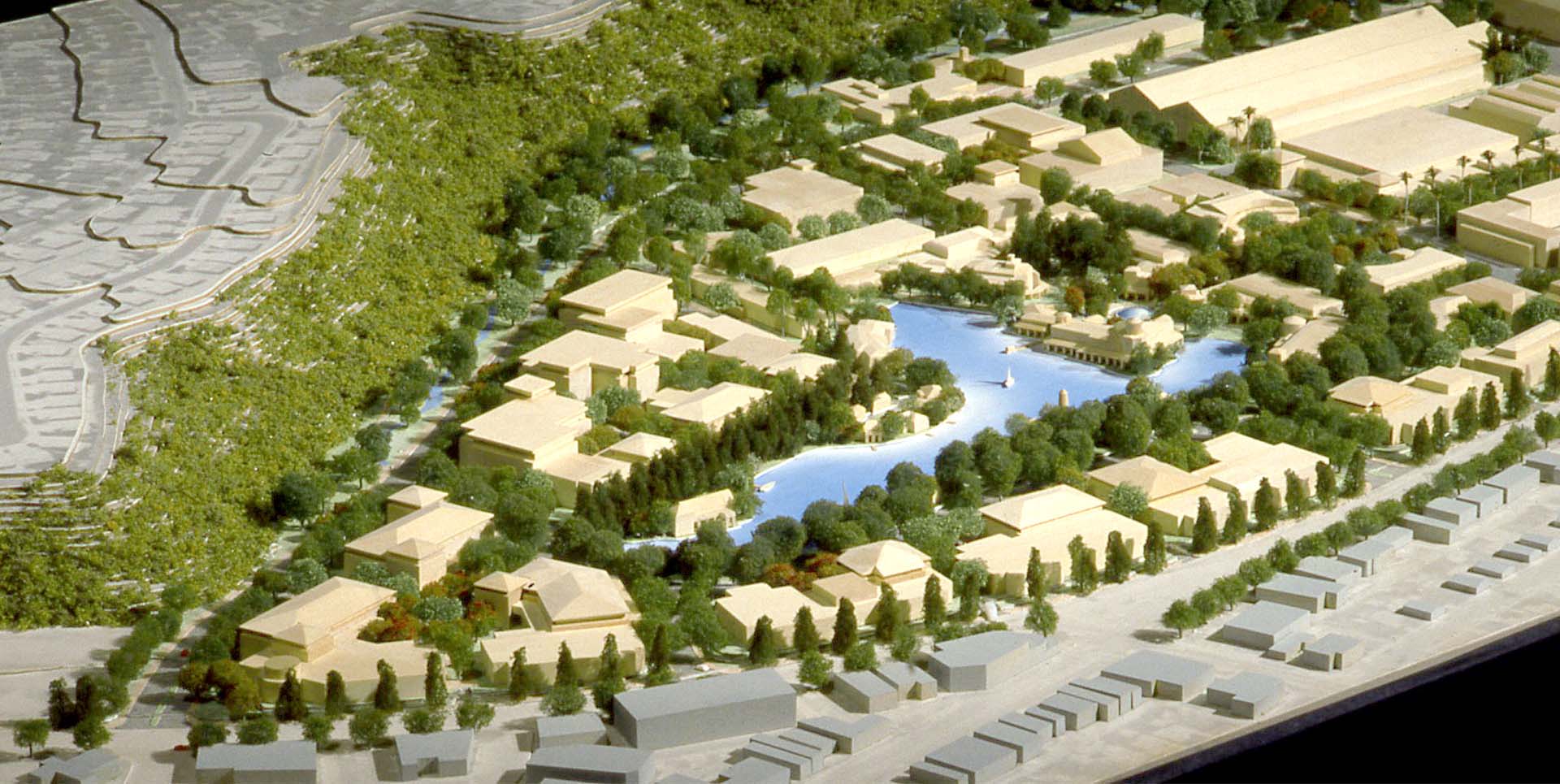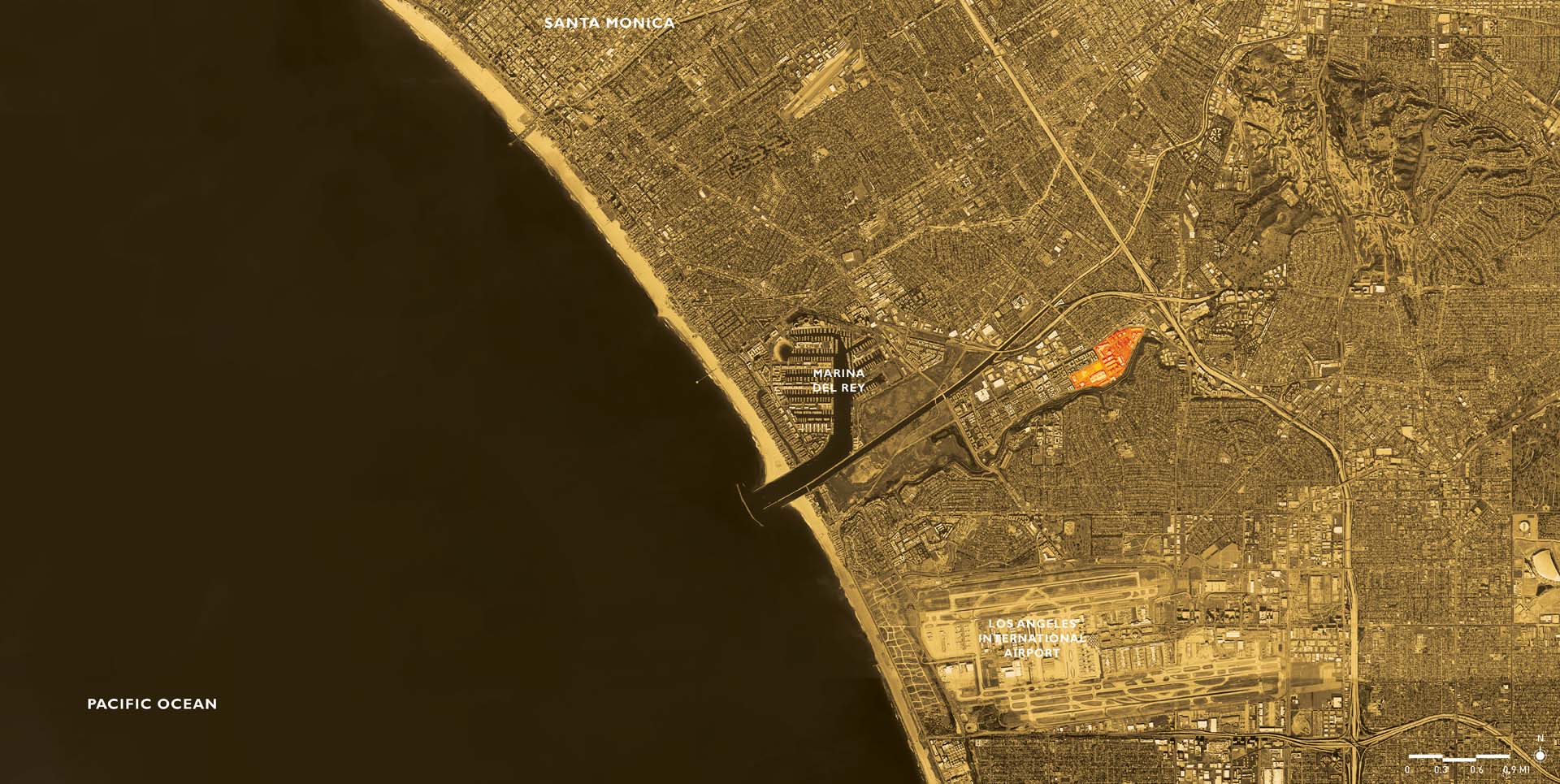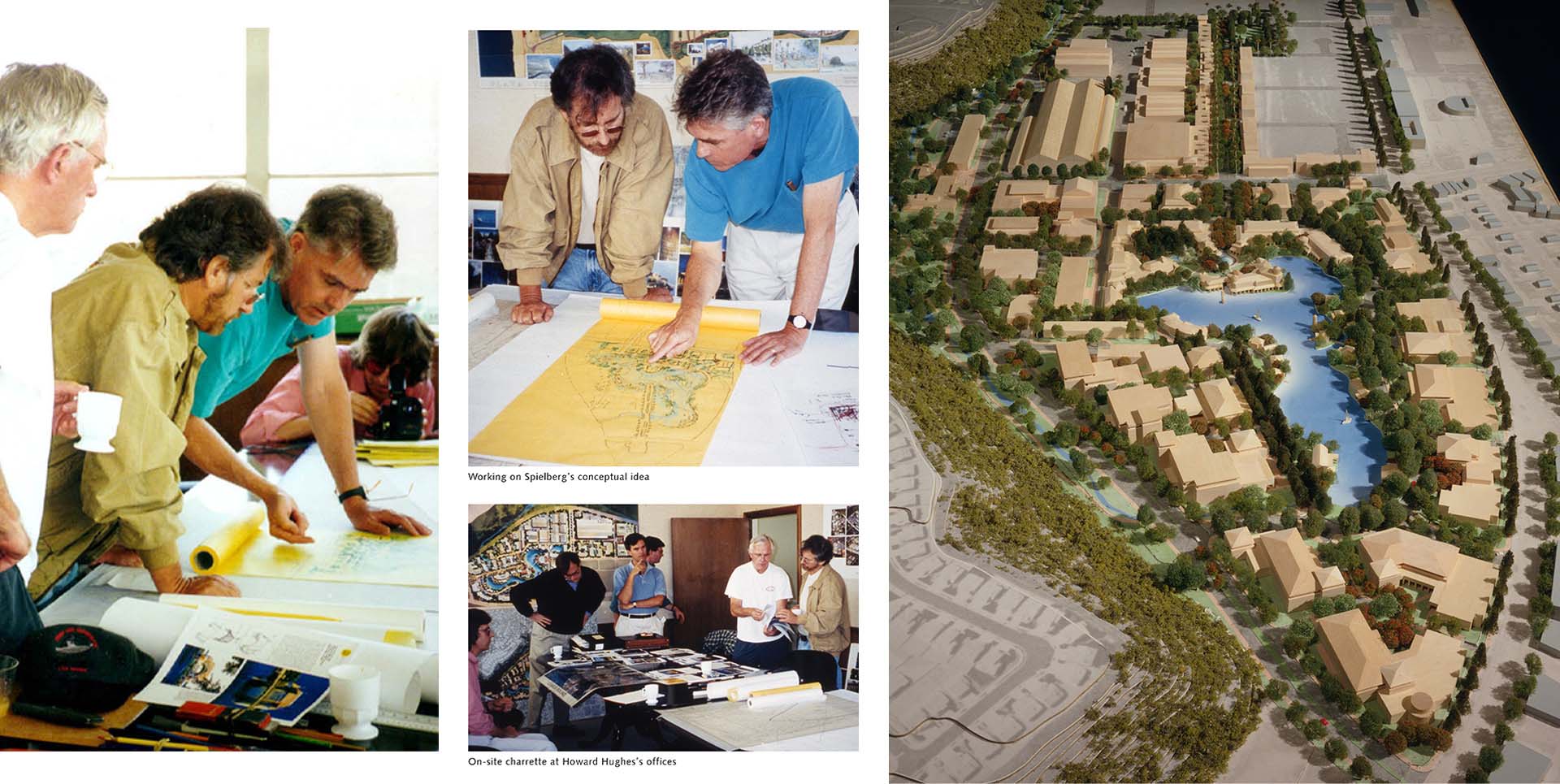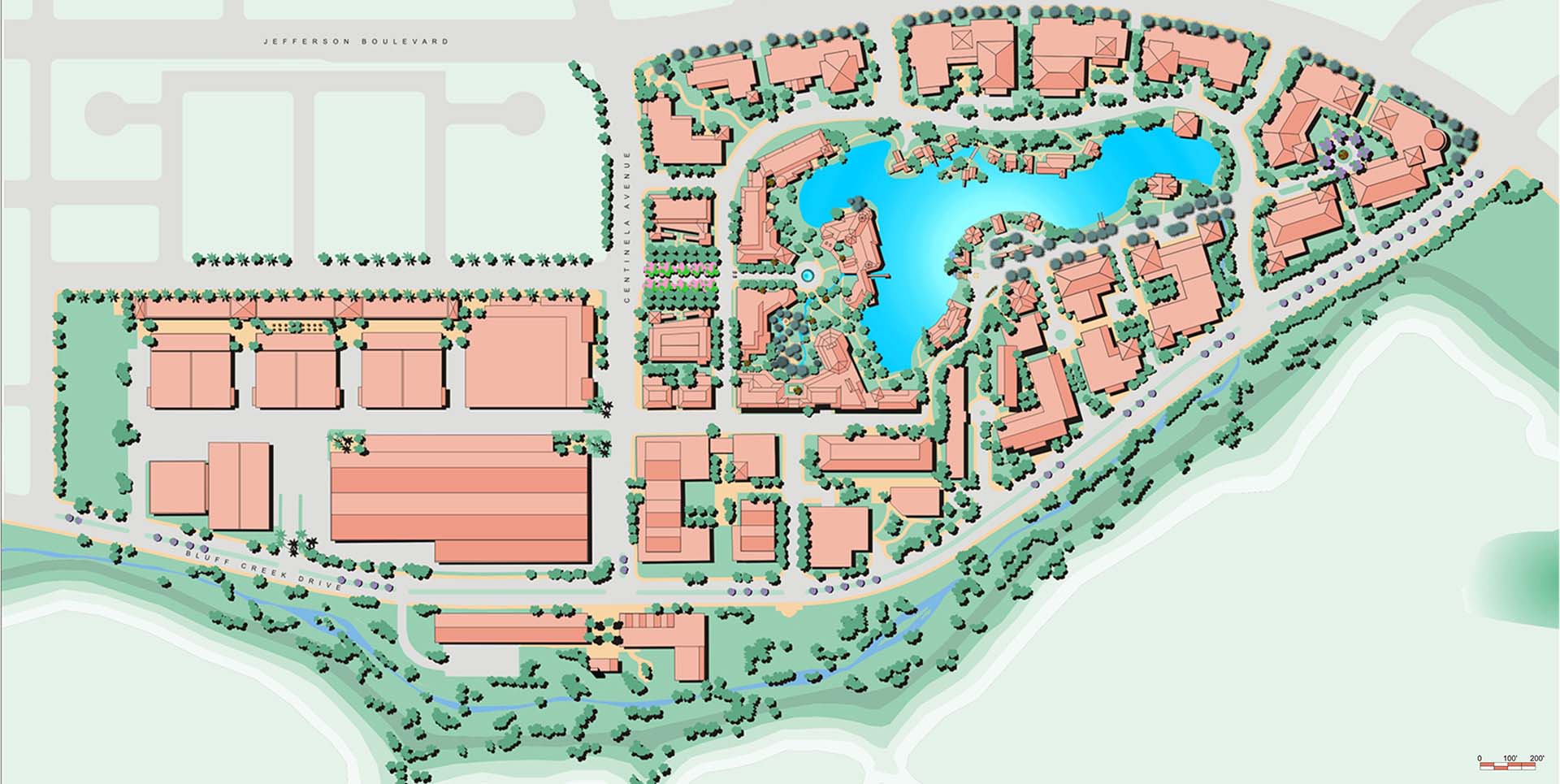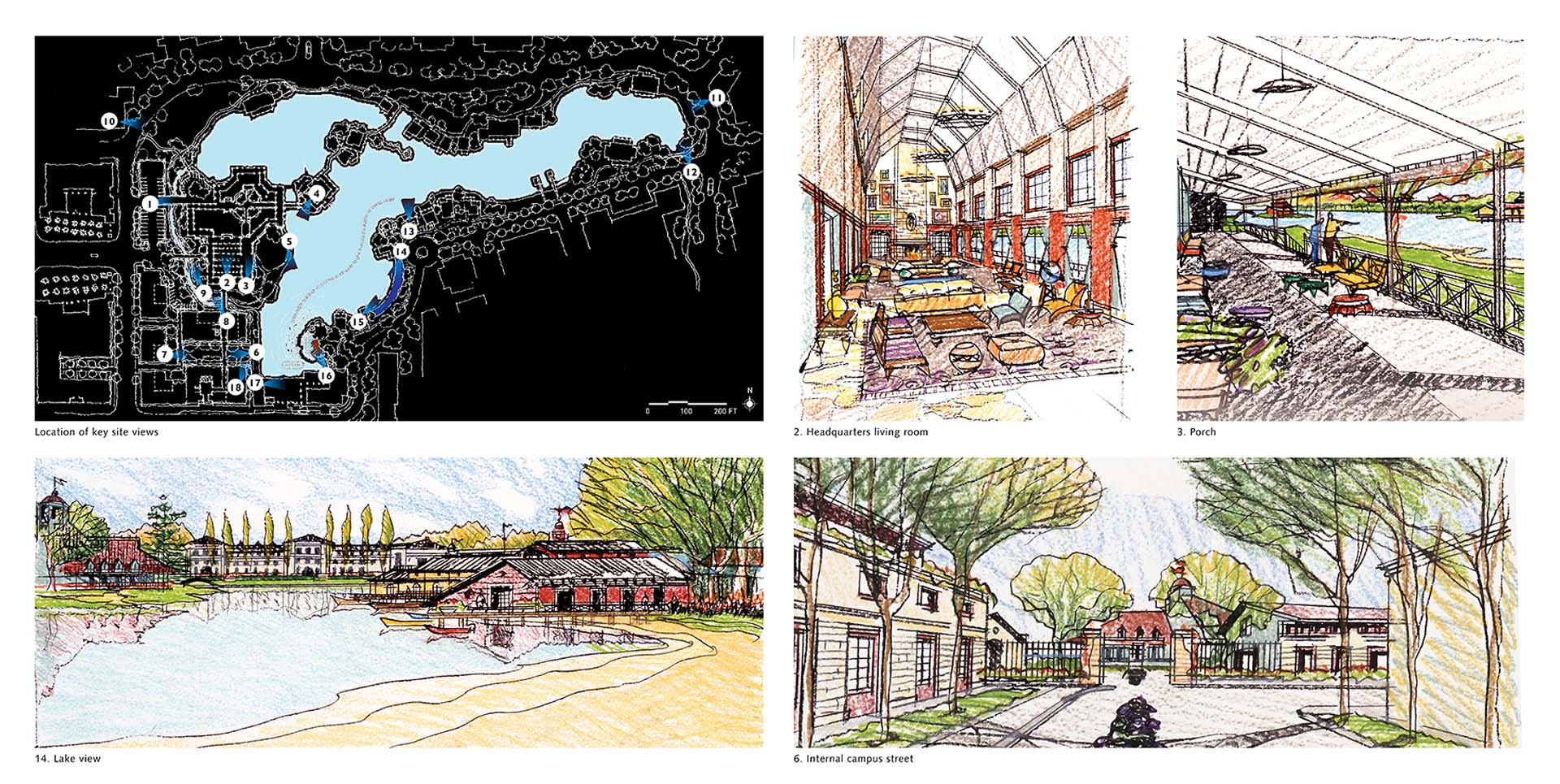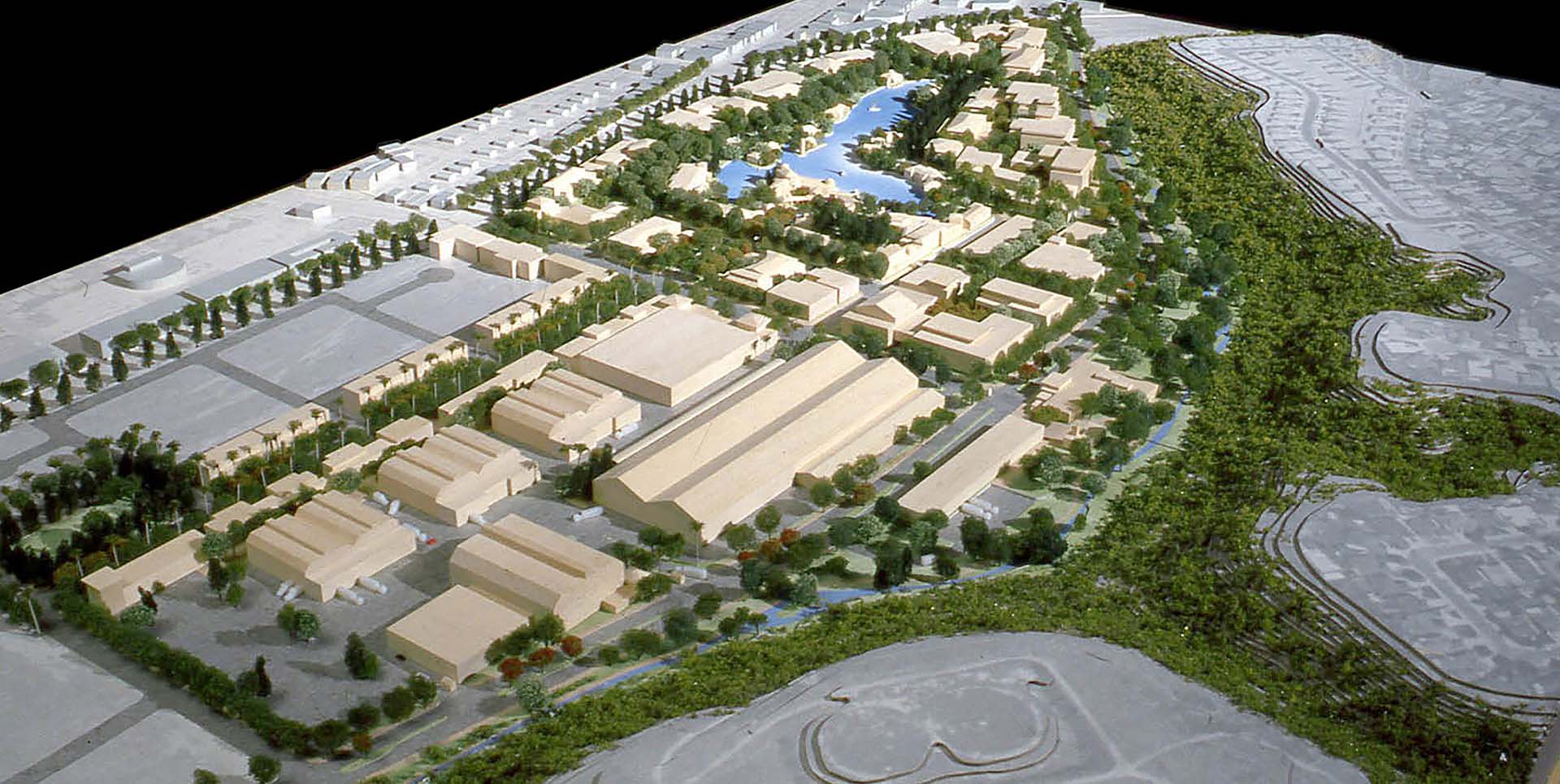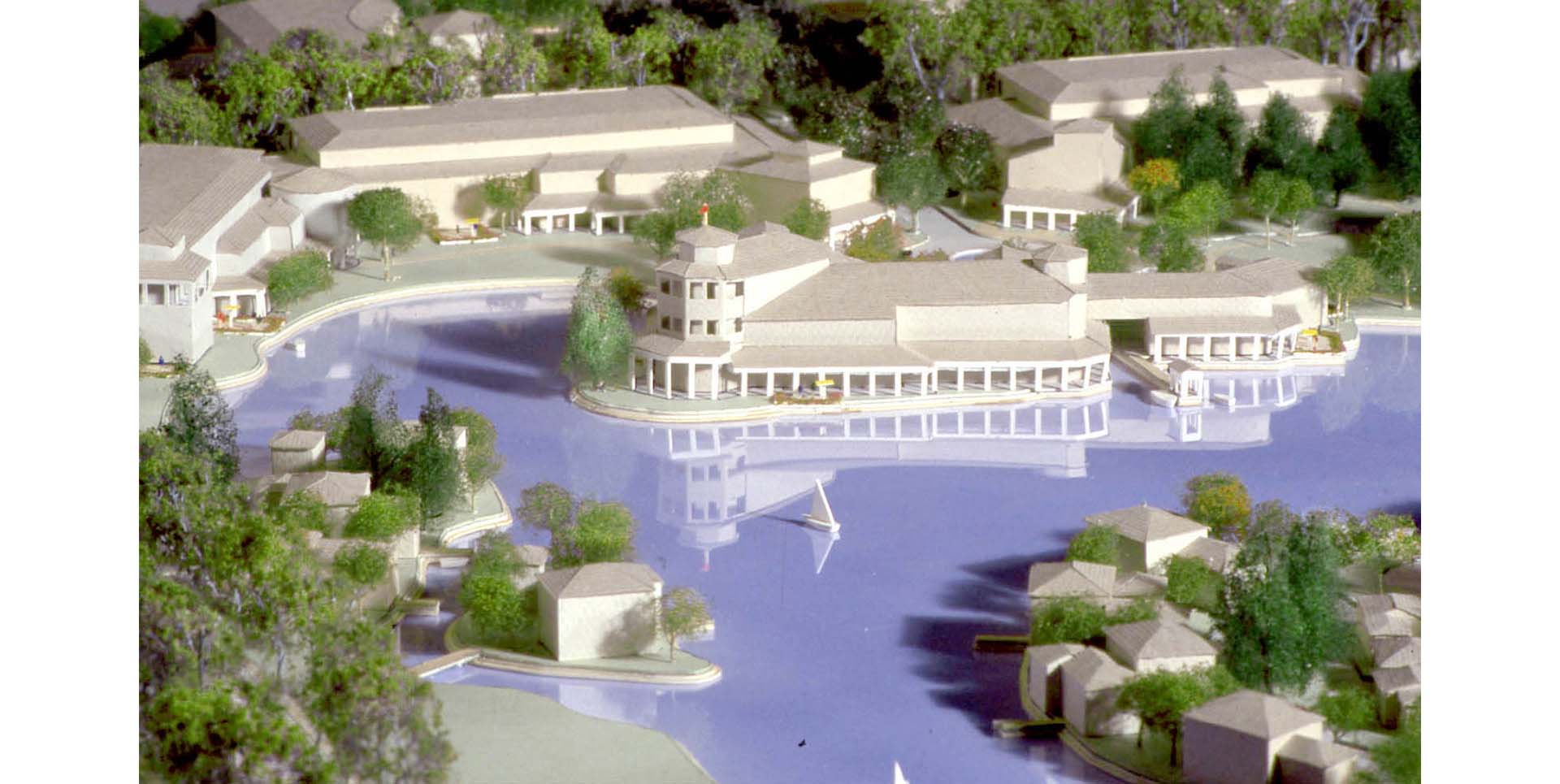DreamWorks SKG Studio
Location: Los Angeles, California, USA
Client: DreamWorks SKG
In contrast to earlier generations of studios where the backlot is the leftover space behind the sound stages, the plan for the DreamWorks SKG studio in Playa Vista, conceived as the first new motion picture studio in Los Angeles in over 60 years, makes the backlot the front lot at the center of the studio complex, creating an inviting well landscaped outdoor space upon entry. The studio plan celebrates its origins in two of Southern California’s mythic industries of the past—aircraft and cinema—and heralds the coming of age of the region’s hallmark industries of the future—multimedia entertainment and communications technology.
Collaborating with Steven Spielberg and his production designer, Rick Carter, the plan for the Entertainment, Media and Technology District was specifically scenographic, beginning with experiential points of view, and exploiting the principles of perspective and scale to enhance illusions of distance and open space within the site. Special attention was focused on the progression of imagery and the relative part each building and space plays in the views of the surrounding site, as well as the role it plays as an object or space to be viewed. It is a small step from scenographic site design to cinematographic production design techniques and Spielberg’s intention was to create an environment that could be used in future feature film shoots. The two approaches, from two distinct disciplines, were closely linked in both intent and technique, and the guidelines for the design of the campus drew equally from both.
Services
Film/Television Studio Master Plan
Program
Production office campus, sound stages, talent support space, production support, back-of-house, studio mills, commissary, media and technology office
Site Area
100 acres
Completion Date
1995-1996
Similar Projects
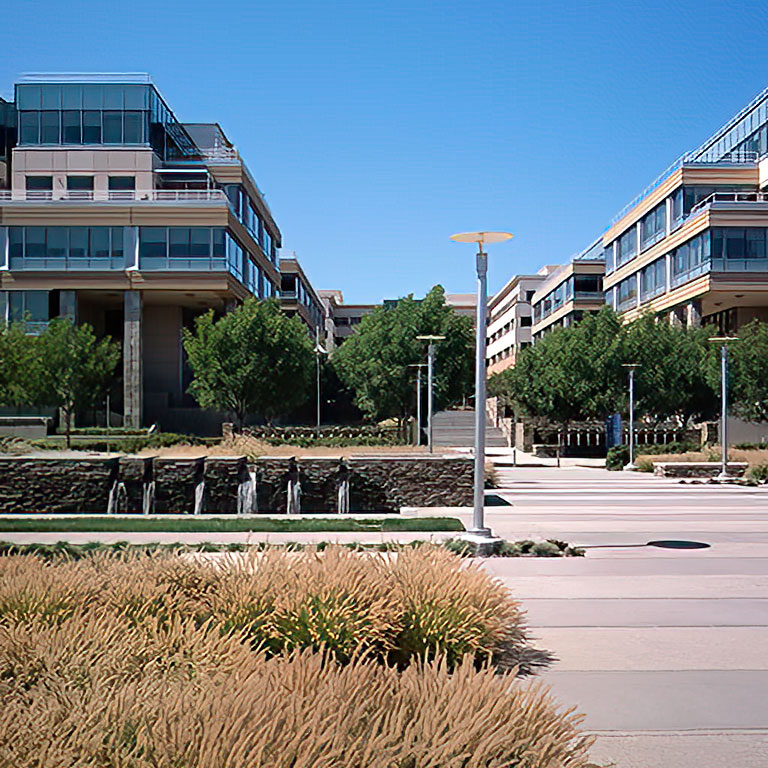
Amgen
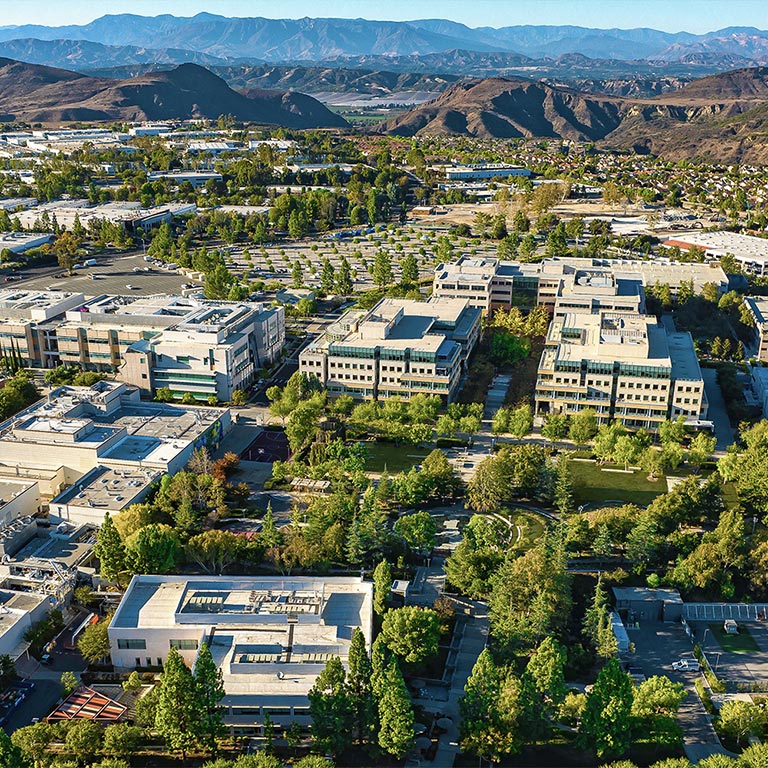
Amgen
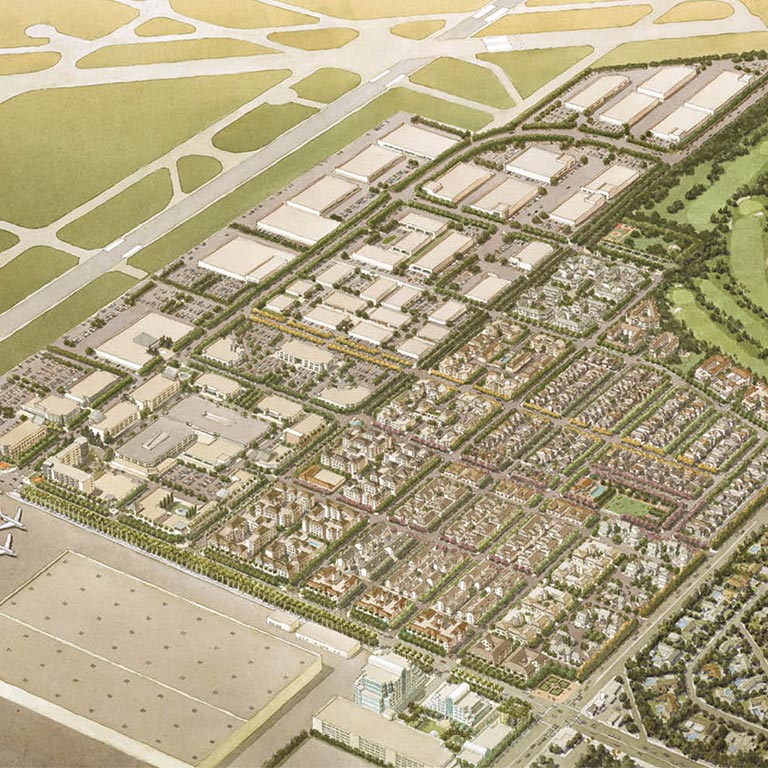
Boeing Douglas Park
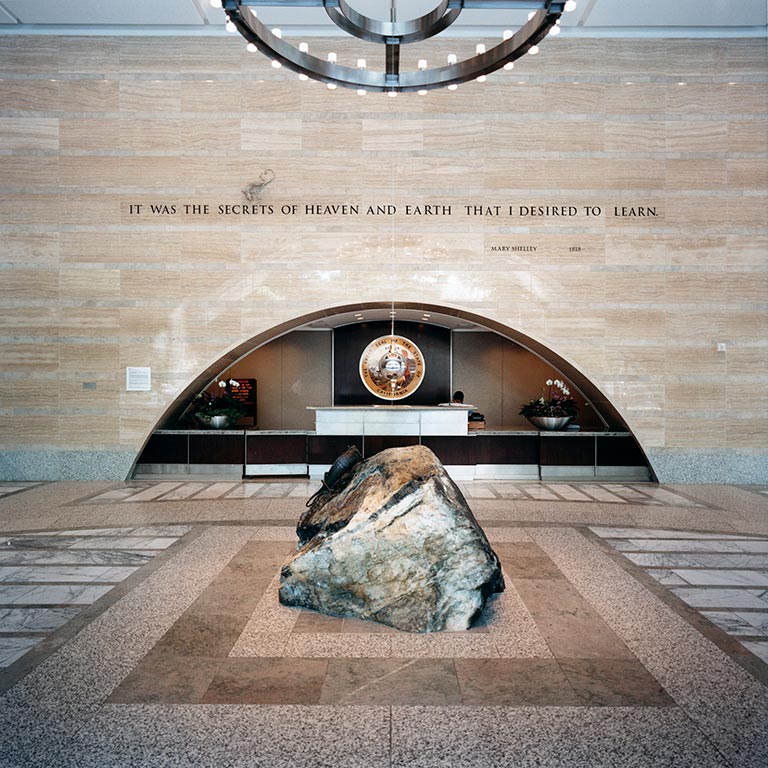
Capitol Area East End Complex
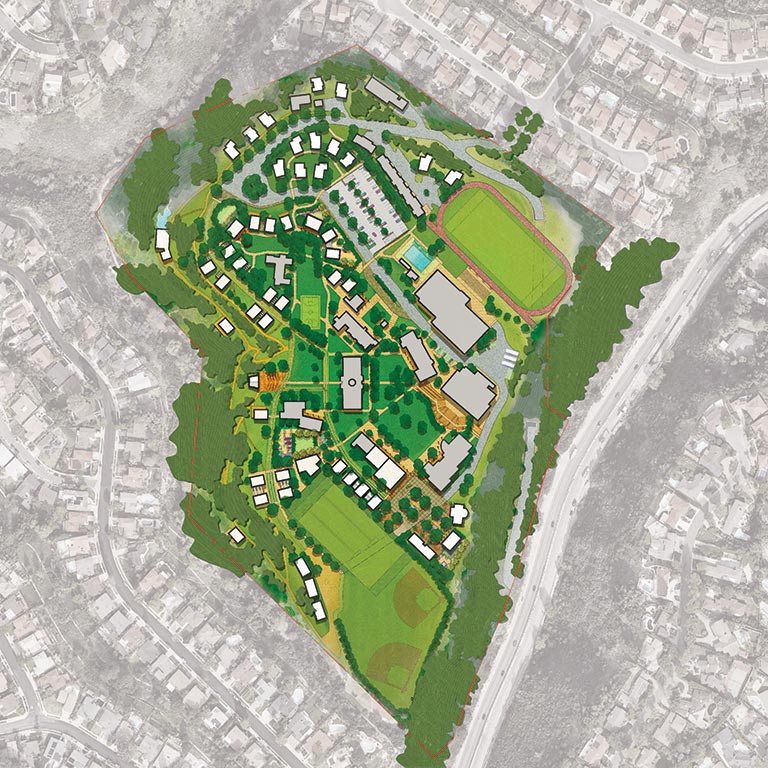
Chadwick School
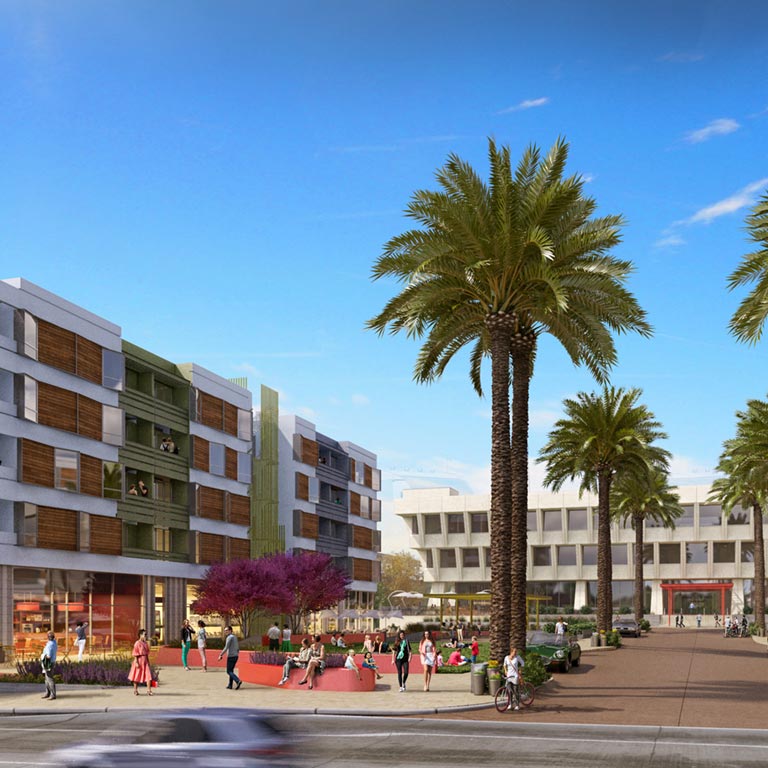
Citrus Commons
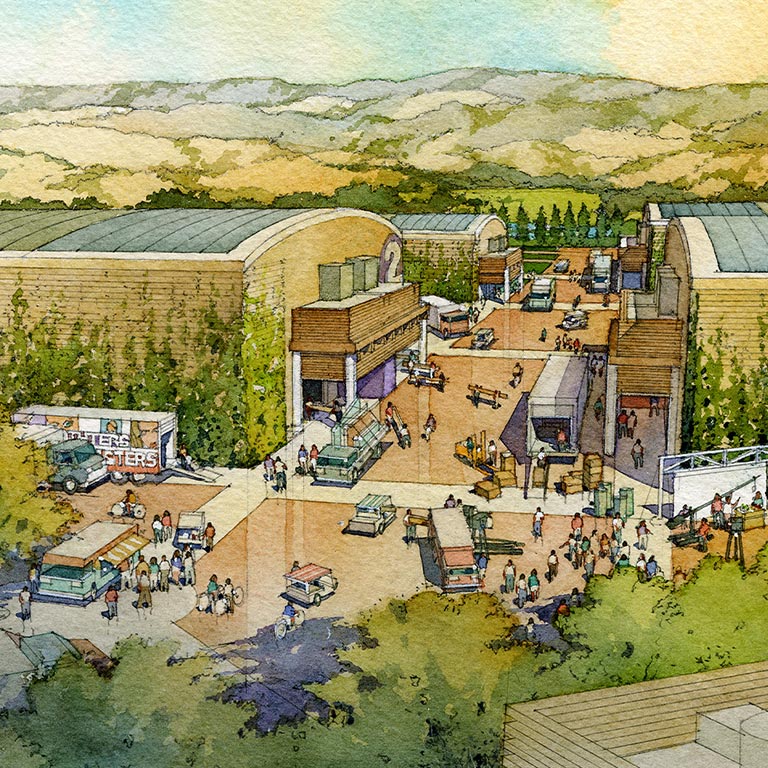
Disney ABC Studios
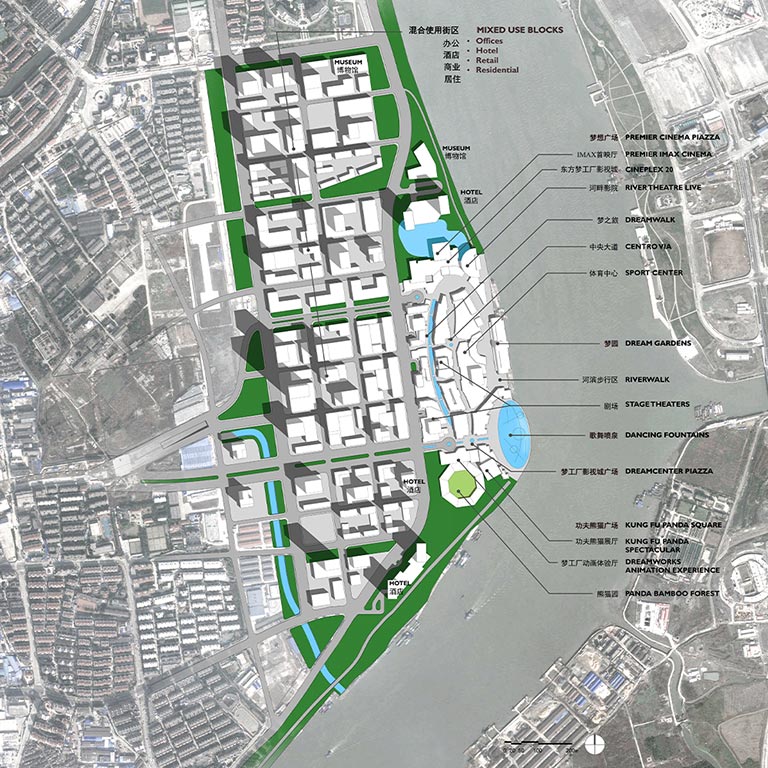
DreamWorks DreamCenter
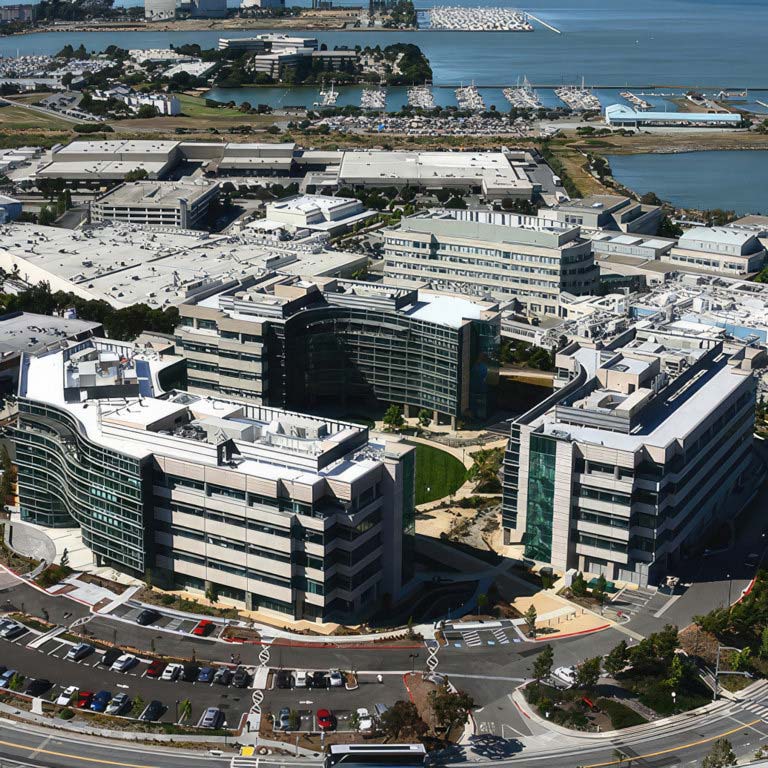
Genentech
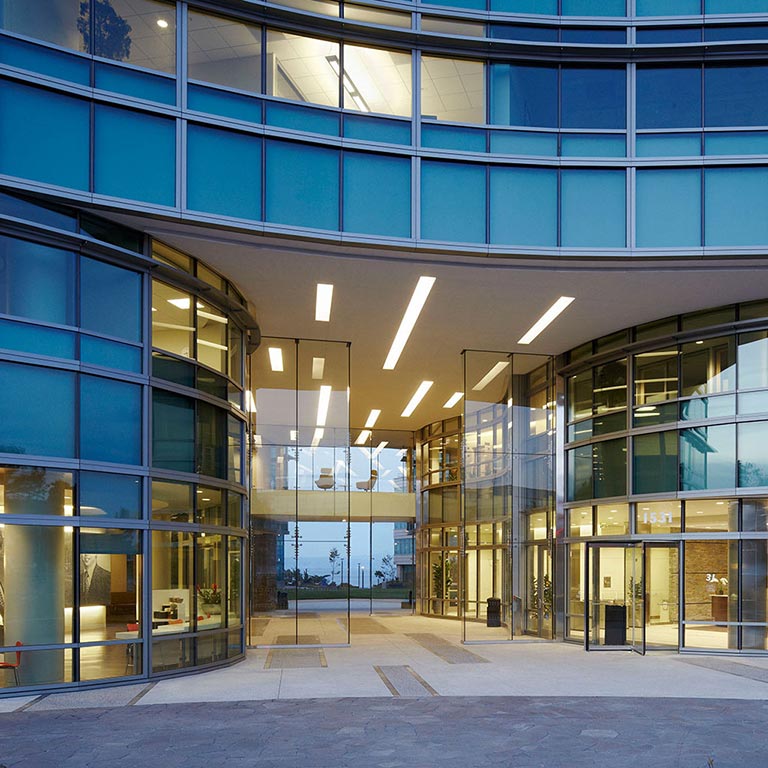
Genentech
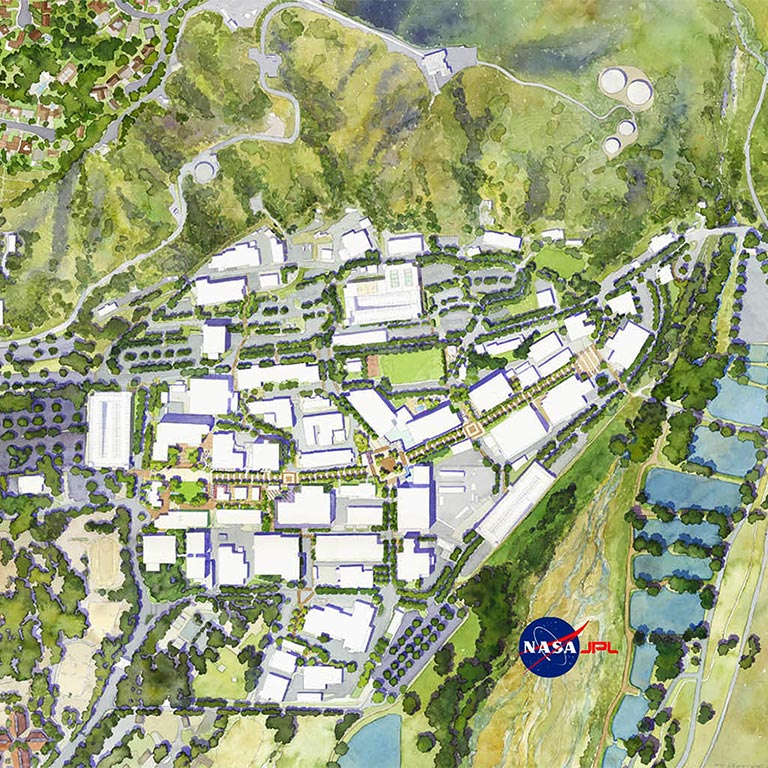
Jet Propulsion Laboratory (JPL)
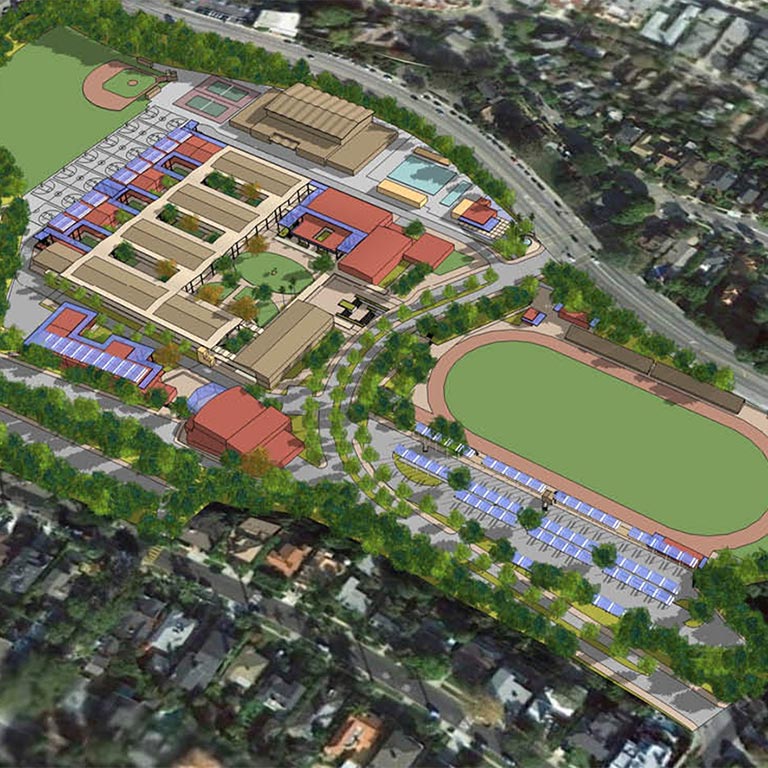
Los Angeles Unified School District Campuses
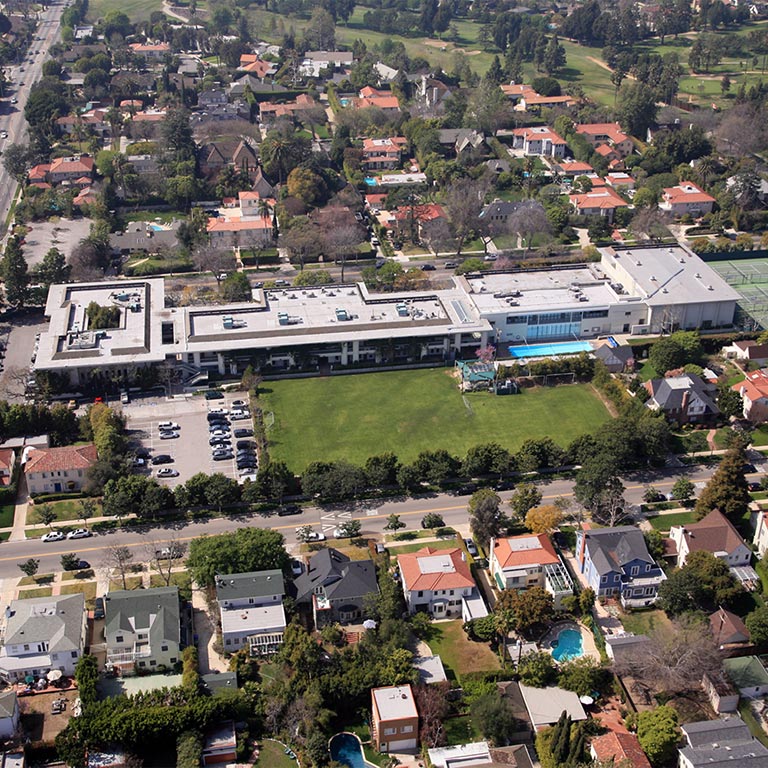
Marlborough School
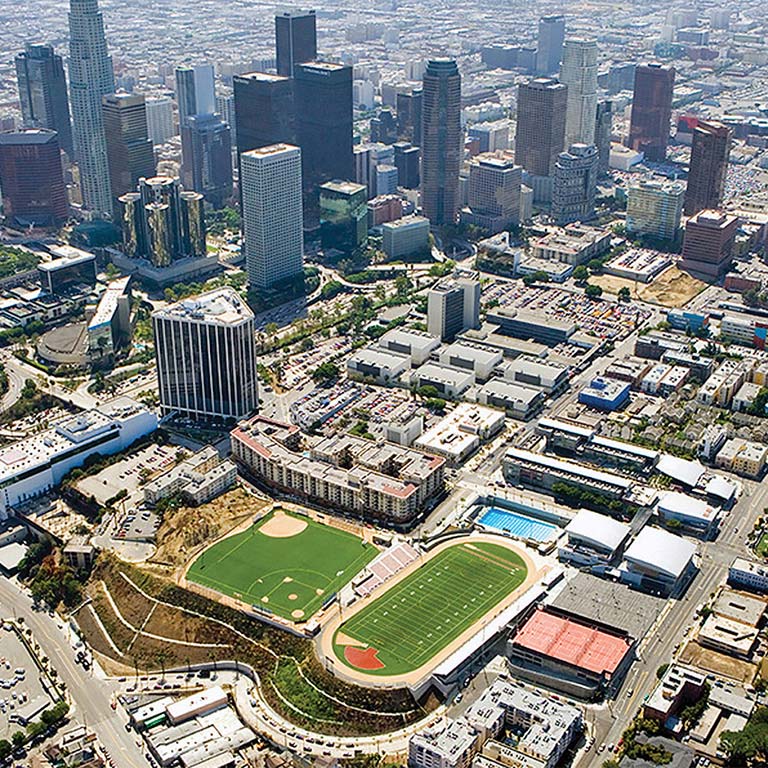
Miguel Contreras Learning Complex
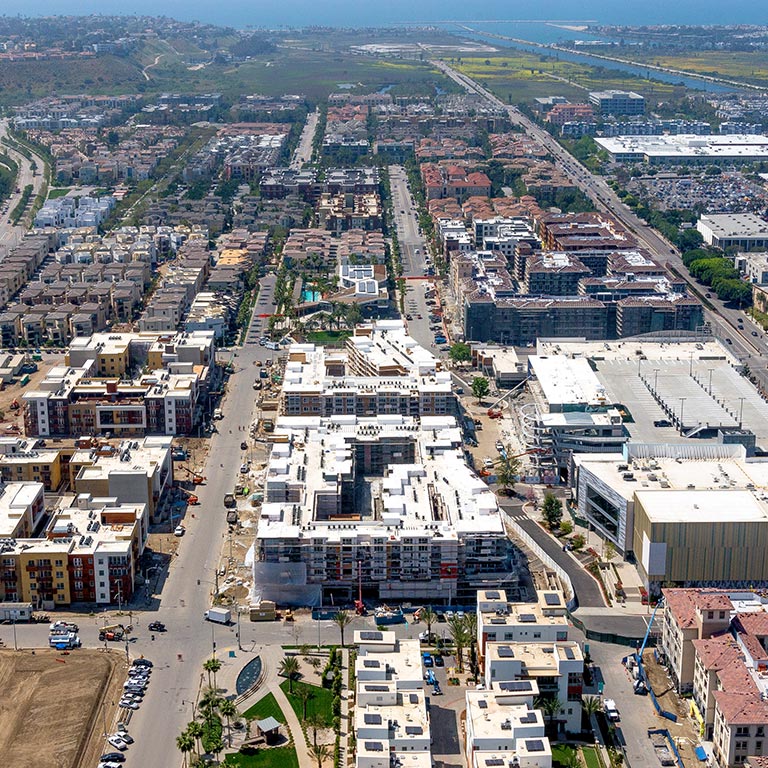
Playa Vista Phase II
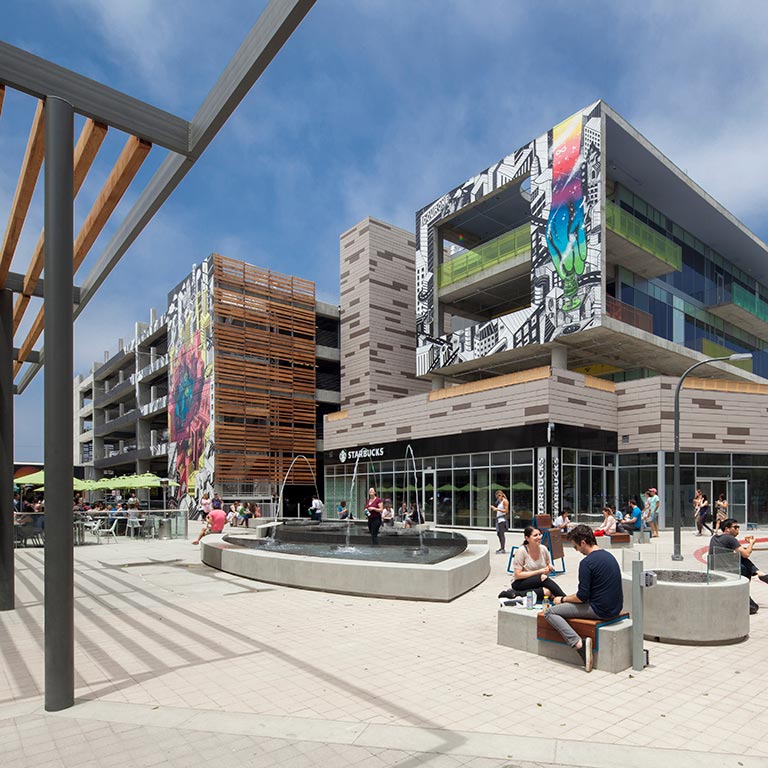
Runway At Playa Vista
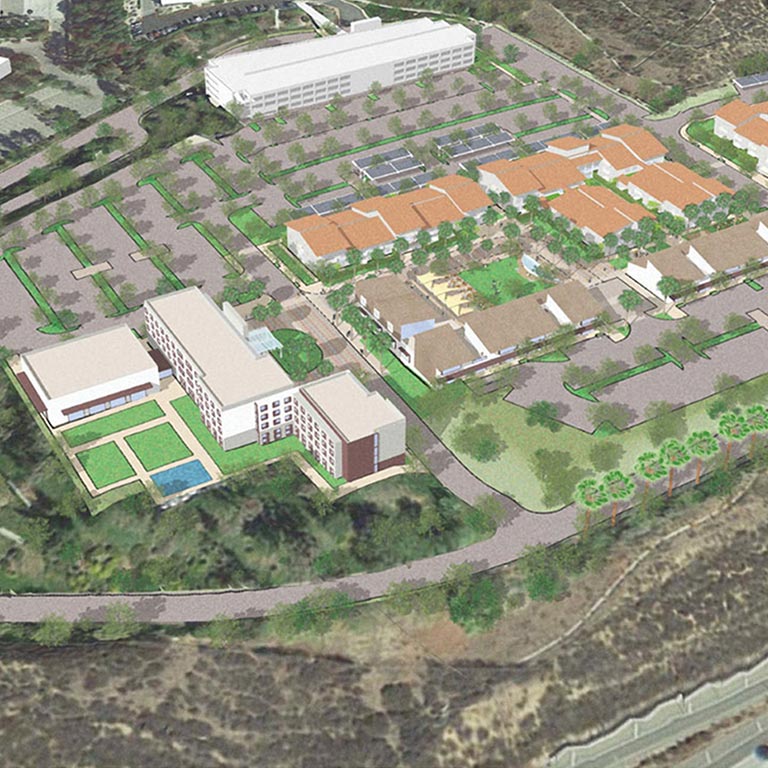
Simi Valley Master Plan
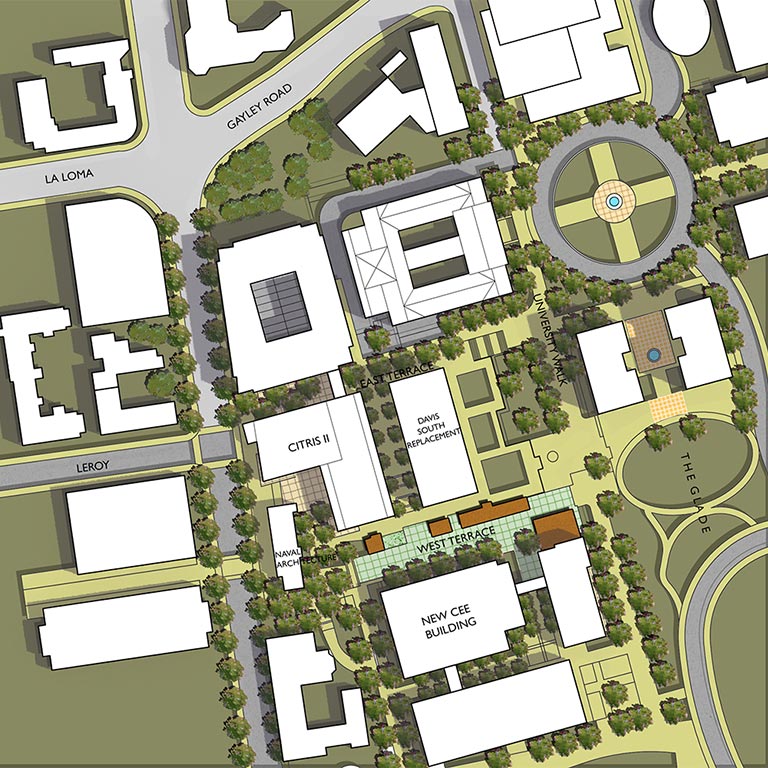
UC Berkeley College of Engineering
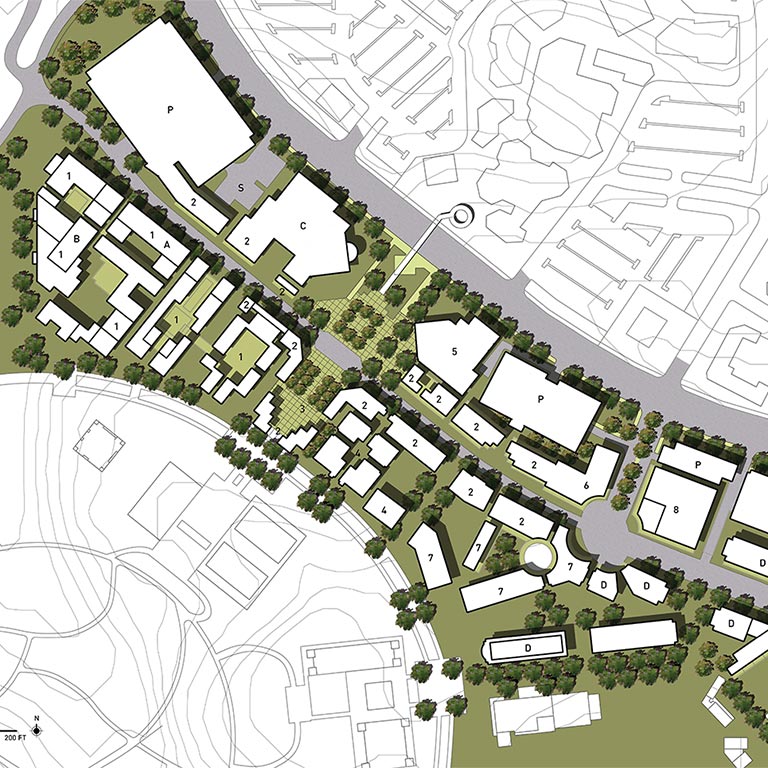
UC Irvine Main Street
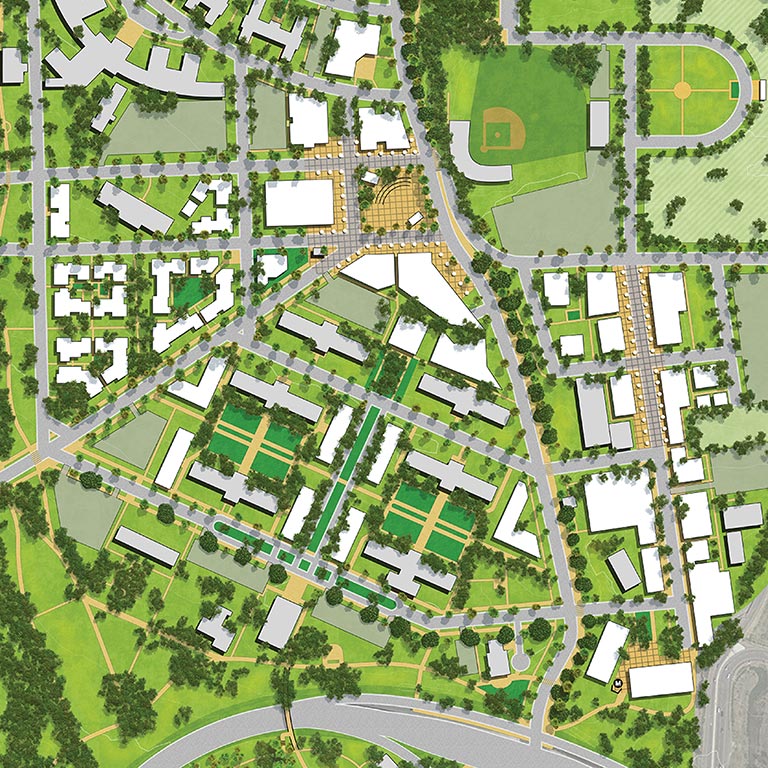
West LA VA Campus
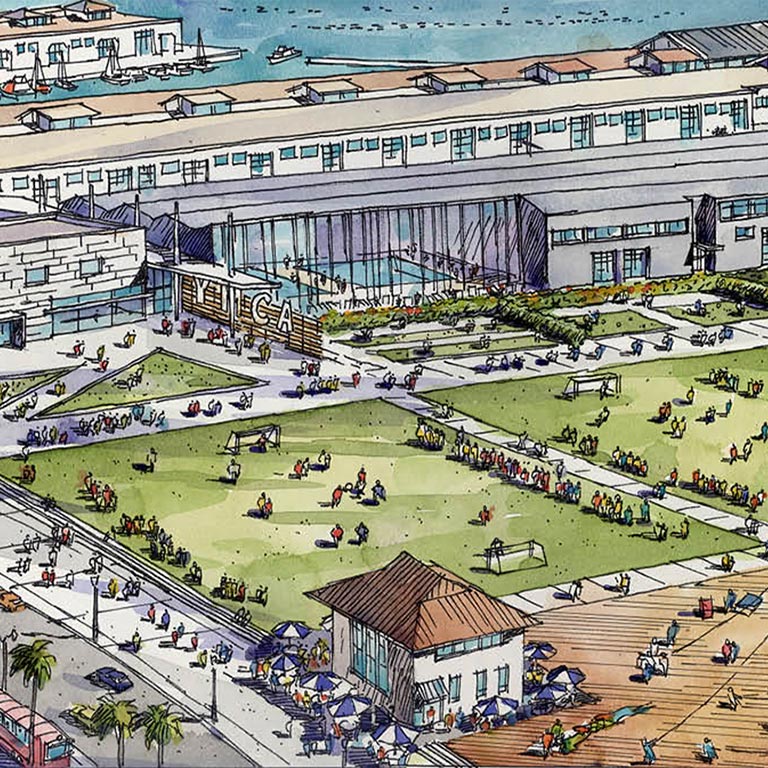
YMCA Piers
Unlock your Vision
Creative endeavors begin with great friendships. Discover how Johnson Fain can work with your group to translate an idea into an award-winning, community engaging environment.
